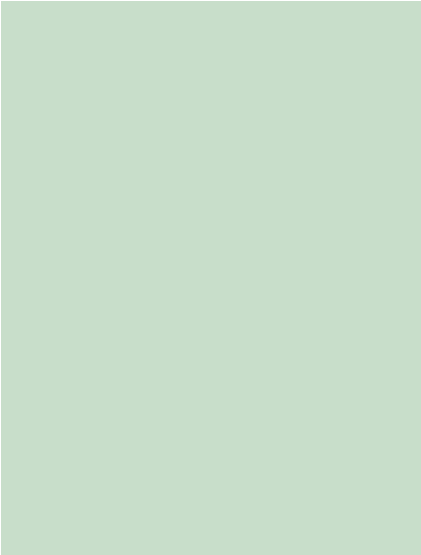

© Nova Fisher, www.novatravels.net

© Nova Fisher, www.novatravels.net
Known as Kochi and
formerly Ernakulam
After a morning at sea we arrived in India at the port of Cochin (Kochi and formerly Ernakulam). The city has strong influences of Portuguese, Chinese, Arab, Dutch and, of course, British still much in evidence today. We did a tour to see the ruins of Fort Cochin then visited the Chinese fishing nets and experienced lowering the net to catch fish. Closeby is the Marigold Hotel as used the famous film. We visited the oldest European church in India, St Francis and Mattancherry Palace with its ornately decorated rooms including some elaborately painted ancient murals. We saw the Pardesi Synagogue (closed on Saturdays) and walked through the Fort Cochin town area seeing the variety of spices, silks and colourful body paints.Keralan Backwaters
We drove to Alleppey (Alappazhu) and took a local boat for a cruise of the Keralan backwaters that are a chain of brackish lagoons and lakes, lying parallel to the Arabian Sea coast (known as the Malabar Coast). Fed by 38 rivers, the network includes five lakes linked by canals, both man made and natural. The backwaters were formed by the action of waves and shore currents creating low barrier islands across the mouths of the many rivers flowing down from the Western Ghats range. A barrage has been built to prevent salt water from entering, keeping the fresh water for irrigation of the many rice paddies there. There are many modernised house boats (that are hired out to tourists). They are 80ft long kettuvallams made of coconut thatched rooves on traditional rice barges. We cruised along the canals occupied by local villagers. The river banks are covered with Palm trees, pandanus shrubs and other leafy plants. There was an abundance of birds including Cormorants, egrets, darters, turns, Snipes, kingfishers, brahminy kites.History
Cochin is a major port city in the south-west of India by the Arabian sea and the Laccadive Sea. Known as the Queen of the Arabian Sea, it was an important spice trading centre from the 14th century onward. Occupied by the Portugese in 1503, Kochi was the first of the European colonies in colonial India. It remained the main seat of Portugese India until 1530, when Goa was chosen instead. The city was later occupied by the Dutch and the British with the kingdom of Cochin becoming a princely state. The Malabar coast is a long and narrow coastline on the south-western shoreline that comprises the wettest regions of southern India. Throughout recorded history from 3000BC it has been a major trading centre in commerce with Mesopotamia, Egypt, Greece, Rome, Jerusalem and the Arab world.





























